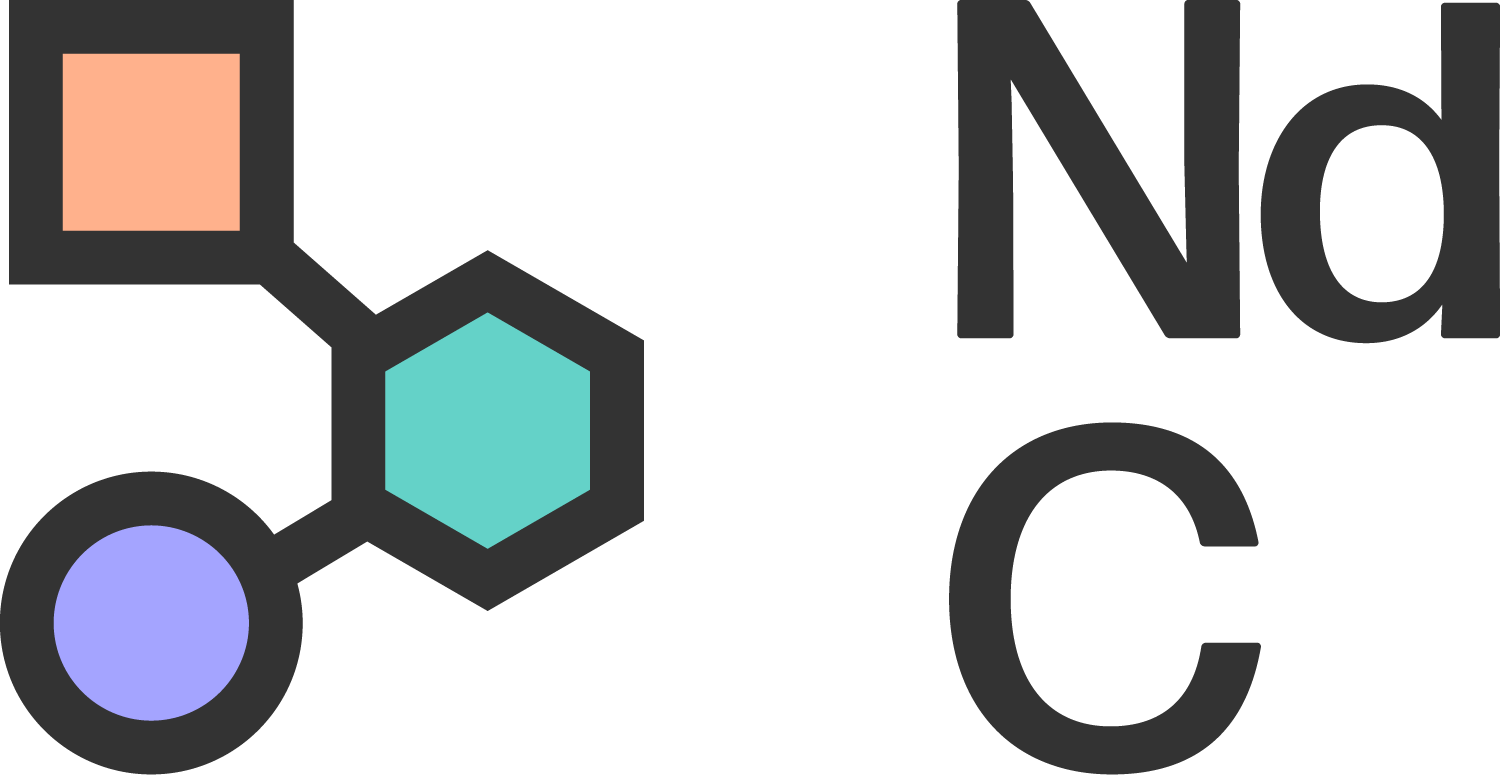Neurodivergence, Trauma and Recovery (Part 3/3) — Connecting Back to Community
In this three-part series of blogs, NdC Development Lead Kay Aldred examines the complex entanglement of Neurodivergence and trauma, and the implications this has for the concept of “recovery”. In this third and final part, Kay explores how connecting to community can play a part in recovery from trauma.
This is the third in a series of blogs looking at the interconnection between Neurodivergence, trauma, and recovery. In the first blog, I discussed trauma, the prevalence of trauma in Neurodivergent individuals and recovery through connecting back to nature and cyclical living. The second discussed the challenges and benefits of connecting back to embodiment as Neurodivergent individuals, and how that contributes to trauma recovery. In this blog, I will explore the challenges and importance of reconnecting with the 'community' for Neurodivergent individuals and trauma recovery.
Navigating the community (groups of people, even those with whom we share identity and interests) as a Neurodivergent individual can be hard – stressful, and oftentimes a root cause of trauma. Social processing differences can heighten stress responses, and the persisting double empathy problem (1) means that within the community Neurodivergent people can experience invalidation, dehumanising responses and ostracization – all of which can lead to trauma. As Dr Amy Pearson and Kieran Rose write, “when this invalidation comes from close personal relationships (e.g. friends, family) it can thwart belonging … when this invalidation comes from professional, it cements the person’s perception that their experience of the world is somehow flawed and that nowhere is safe for them to express themselves authentically” (2). Not belonging and not feeling safe is traumatic.
And here is the double (or triple) bind, which I discuss in more depth in the Neurodivergent Wellbeing Approach Training, in which we can find ourselves as Neurodivergent people. Within interpersonal relationships and community, we can experience a lack of connection and harm is a frequent occurrence for Neurodivergent individuals (3). This leads to trauma. Trauma leads to not feeling safe and difficulty trusting people, leading to a lack of connection. We need coregulation and connection with others to heal from trauma, so we seek connection and community, but in doing some previous trauma is triggered or more trauma ensues and we are re-traumatised. Recovery is impeded. Dr Peter Levine emphasises in his books that trauma is not what happens to us, but rather the energy, emotions, sensations and overwhelm that we hold inside in the absence of an empathetic witness (4).
So, what can we do? Here are three suggestions, all of which I educate about and explore in more detail, in the Neurodivergent Wellbeing Approach Training.
01. Create and seek out nervous system and trauma-informed communities.
Nervous system-informed communities understand the embodiment of trauma and the need to create environments and ways of communicating and interacting that foster regulation and co-regulation. Trauma-informed communities understand the prevalence of trauma in society, understand, identify the signs, and recognise the impact of trauma, stress, and nervous system activation on everyone, actively seek to not re-traumatise or generate more trauma and actively work on self and co-regulation. These communities use the language of the nervous system and the felt sense experience for emotions and prioritise empathy, safety, and predictability.
02. Create and seek out communities which are focused on cultural change.
"Because many people in their communities enabled the abuse they endured, they seek community amends in the form of institutional and cultural change" (5).
Creating and seeking out communities focused on cultural change involves intentional efforts to bring together individuals and groups who share a commitment to transforming societal norms, values, and practices. Whether the goal is to promote inclusivity, sustainability, social justice, or another form of positive change being part of such a community creates spaces for reflection and exploration, alongside connection, belonging and safety.
03. Create and seek out communities which understand intersectionality and are anti-racist.
Creating and seeking out communities that understand intersectionality and are anti-racist involves building inclusive spaces that recognise and address the interconnectedness of various forms of identity and oppression. Recognising that neurodivergent individuals may also face other intersecting challenges, such as racial discrimination, gender identity issues, or economic disadvantages, which can compound trauma, complicate recovery, and take steps to change that.
1 https://kids.frontiersin.org/articles/10.3389/frym.2021.554875
2 Pearson, A., & Rose, K. (2023). Autistic Masking: Understanding Identity Management and the Role of Stigma, p213.
3 https://ndconnection.co.uk/resources/p/professionals-are-the-hardest-to-trust-supporting-autistic-adults-who-have-experienced-interpersonal-victimisation?rq=interpersonal%20violence
4 Levine, P. A. (1997). Waking the tiger: Healing trauma. North Atlantic Books.
5 Herman, J. L. (2023). Truth and repair: How trauma survivors envision justice. Basic Books, p149.
Want to learn more?
Our Neurodivergent Wellbeing Approach training course starts 1st October, as eight 90-minute evening sessions.
The NdWA curriculum can also be commissioned to be delivered privately.

